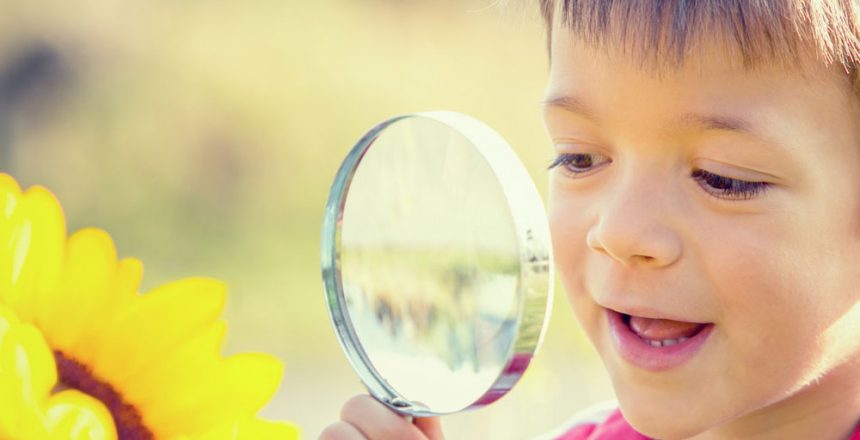The STEM subjects: science, technology, engineering and mathematics, may seem complex for preschoolers, but when integrated into age-appropriate play-based activities STEM education can be great fun for our little ones.
At See Us Grow Childcare and Learning Center we include many STEM learning outcomes as part of the fun, activity-based curriculum.
But there are also plenty of exciting STEM activities you can do together at home!
Below are just some of our favorite STEM activities involving nature and getting outdoors…
ROCK SCULPTURES & SHAPES
By finding rocks and pebbles of different shapes and sizes you can actually start exploring some simple engineering concepts.
Stacking stones to make figures or ‘sculptures’ will teach your little one about weight, balance and the properties of different shapes and materials. This is also great for the development of fine motor skills.
Depending on what you have to hand you can use other natural materials too, such as sticks or shells. Find out which shapes will stand on their own, which will roll when placed on a slope and which sink fastest in water.
NATURE LOG & IDENTIFICATION
Just a walk through the garden or a visit to the park can give us ample opportunity to do a bit of nature spotting. Look for different birds, animals, insects and plants…then each interesting one that you spot can be photographed for identification later.
This method incorporates both science and technology while counting the finds for each animal type or species covers the mathematics aspect. Depending on the age of your child you could even try a dedicated ID app for nature in your area.
PLANTING SEEDS & TREES
There is definitely a science to growing things, and when you think about the instructions on the back of a packet of tomato seeds it’s clear to see there are mathematical and engineering elements too
Growing things helps children to learn about patience, cause and effect, and responsibility. When your child’s plant flowers or produces fruit, or their tree grows against a marker, they will also learn how rewarding working with nature can be.
FINDING FRACTALS IN NATURE
Fractals are self-replicating patterns seen in varying scales, throughout the natural world and in engineered forms created from mathematical formulas.
You can also find natural fractal forms in broccoli, cauliflower, snails, spider webs, tree branches and many different leaves and flowers. See how many fractals your little one can spot on a trip to the seaside or a walk in the park.
Even if you simply look around and talk about the scenery, try to get outdoors and spend quality time observing nature with your little learner.
“LOOK DEEP INTO NATURE, AND THEN YOU WILL UNDERSTAND EVERYTHING BETTER.”
~ ALBERT EINSTEIN

